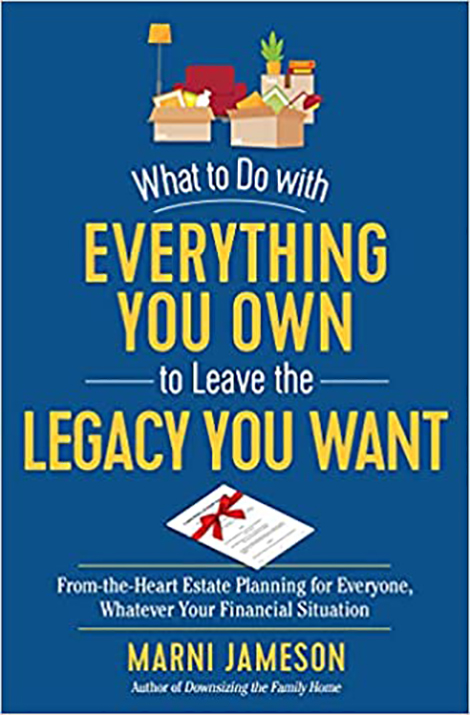By Chad Larson
The best way to reduce your risk of Alzheimer’s disease is to take preventative measures aimed at decreasing cognitive decline. Prevention should start early to minimize risk, and a healthful lifestyle geared toward cognitive support is an important component.
Alzheimer’s is the most common type of dementia, and about 5 million people in the U.S. have been diagnosed with it. It’s anticipated that the number of people affected by Alzheimer’s will increase to 14 million people by the year 2060. These large numbers are alarming, so it is vital that we recognize there’s time to reduce the amount of people who will be affected by lowering personal risk. Here are some lifestyle tips for preventing cognitive decline:
Get quality sleep.
A solid night of sleep allows your brain to rest and repair itself from the demanding work of the day. During sleep, the brain and body complete essential functions, including allowing the brain to store new information and the body to rid itself of toxic waste, allowing nerve cells to communicate and reorganize in order to repair cell. So, if you want to keep your brain in top-notch condition, sleep should be a priority.
Keep an eye on what you eat.
Of course, diet plays a significant role in preventing cognitive decline. In fact, neurogenesis, the body’s process of forming new neurons in the brain, can be affected by diet. A study showed that high-fat (from processed fat like corn oil and soybean oil) and high-sugar diets negatively affected neurogenesis. Additionally, healthful diets induced neurogenesis. If the neurons in the brain can’t effectively regenerate, cognitive decline could be the result.
Cultivate a strong intestinal microbiome.
A 2020 investigation showed an association between gut microbiota and inflammation in the brain, linking the intestinal microbiome to Alzheimer’s. Amyloid pathology was linked to short-chain fatty acids (SCFA) and lipopolysaccharide (LPS) which acted as inflammatory mediators for Alzheimer’s disease. Examining your gut health to check your levels of SCFAs and LPS could help identify if any dietary or probiotic changes should be made to boost prevention. Is there a specific food that triggers your condition? Do you know if you are consuming any cross-reactive foods? Are you better off consuming food in raw, cooked or modified forms?.
Stay active.
This aids physical and mental health, and even brain health. The national Centers for Disease Control (CDC) notes that regular physical activity can improve our ability to think, learn and problem-solve, and can reduce our risk of cognitive decline, including dementia. The CDC cites a study showing that inactivity can double risk of cognitive decline. In short, keeping up with regular activity, even a simple daily walk, can help prevent Alzheimer’s.
Challenge your brain.
As it turns out, you can teach an old dog new tricks. Lifetime intellectual enrichment could delay cognitive decline and is a good preventative measure for reducing the risk of dementia. People who continue to challenge themselves mentally by learning new information or skills throughout their lifetime are less likely to experience cognitive decline.
These lifestyle practices are easy to incorporate and could prevent serious cognitive decline as we age. In addition, Cyrex Laboratories, a clinical laboratory specializing in functional immunology and autoimmunity, has developed a test panel called the Alzheimer’s LINX™ Alzheimer’s-Associated Immune Reactivity. This test can help identify patients at greater risk and reactivity triggers for developing Alzheimer’s disease or other neurological disorder.
Dr. Chad Larson is a consultant for Cyrex Laboratories and a clinical nutritionist and conditioning specialist.



